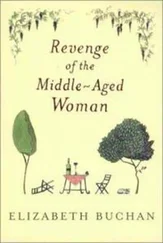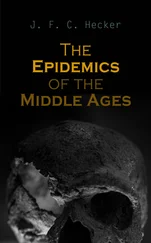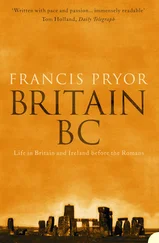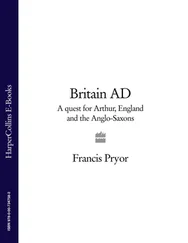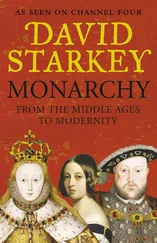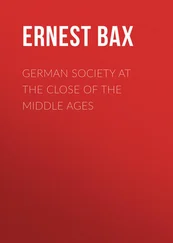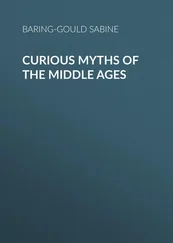I acquired an enormous respect for medieval archaeologists when I was a student in the mid-1960s. In fact I nearly forsook the True Path of prehistory to follow them. One of my teachers at Cambridge was Brian Hope-Taylor, who today is rightly regarded as an extraordinarily innovative pioneer. We all liked Brian. He was down to earth and never gave himself airs or graces. He was also a perfectionist, and refused to compromise on quality. His reports were beautifully illustrated, because earlier in his life he had been a professional artist and illustrator. He was particularly famous for the cover he had drawn for the Ordnance Survey Map of Britain in the Iron Age (sadly out of print).
While I was a student Brian was in the final throes of writing his most famous work, a huge report on his excavations at Yeavering, in Northumberland. Yeavering, or Ad Gefrin, to give it its Saxon name, was an Anglo-British palace complex beside a major pre-Roman hillfort, known as Yeavering Bell. The area was also stiff with prehistoric remains, which was why I was sitting at Brian’s feet. I had no intention of staying for more than the first lecture of his course, because then he would start on the post-Roman material. In the event I attended the entire course, and I even bought his great report shortly after it appeared in print in 1977, for the then huge sum of £33. 5 It is still one of the most treasured books in my library. At the time Brian was one of a small group of medieval archaeologists who believed in ‘open area’ excavation. This was a new style of excavation that has now become commonplace: it involves the exposing of huge areas of land to get a clear impression of the totality of a site.
Brian didn’t just expose single buildings. Instead he looked at the spaces between and around the various structures, and in the process was able to build up a picture of a developing royal centre. His excavations took place over several seasons, mainly between 1953 and 1962, and seemed to touch on all aspects of life, from graves to humble dwellings, halls both great and small, and even a huge timber grandstand-like theatre. This was a vision of the seventh century AD that I desperately wanted to paint for earlier periods. It was quite simply inspiring, and it fundamentally affected my own style of archaeology.
Brian was a pioneer in the developing study of (in his case early) medieval archaeology. Medieval archaeology is still a very young discipline. The national learned society devoted to the subject, the Society for Medieval Archaeology, was founded in 1957, four years into the Yeavering project. This can be compared, for example, with my own field, where the Prehistoric Society came into being in 1935, as a development from the earlier Prehistoric Society of East Anglia (1908–35). There are many reasons for this relatively late academic acceptance of subjects like medieval and post-medieval archaeology (1967). In part one can blame simple academic snobbery along the lines of: ‘If it’s earlier it’s got to be better and more important.’ I also once detected (thankfully I think it has largely vanished) an attitude to these more recent subjects, among certain colleagues, which implied that the archaeology of recent times is somehow easier to do, and makes fewer intellectual demands on its practitioners. Nothing, but nothing , could be further from the truth.
But I must return to my own early exposure to medieval archaeology. Like every archaeological student in Britain, I had heard of the Wharram Percy deserted medieval village project in Yorkshire. The project was one of the longest-running research programmes in England (1950–90), and reports on various aspects of the work are still appearing in print. The results from Wharram continue to surprise. For example, recent work by Dr Simon Mays on the bones from the village churchyard has produced some unexpected results: babies were breast-fed until they were eighteen months old. 6 During this period they thrived, but then began to fall behind when compared to modern infants. Comparisons between the rural population at Wharram and the nearby city of York show that although life in the country was generally healthier, women in the city did less demanding physical work. The urban population was exposed to a greater risk of infection, which also resulted in greater disease resistance. The rural population did not escape all the urban ailments. One would expect them to suffer from the ‘bovine’ form of tuberculosis, which they would have caught from animals, whereas they were actually infected by the ‘human’ form, which they probably contracted from regular visits to York, where the disease was relatively common. Only four of the 687 skeletons from Wharram showed signs of violent death, which was in stark contrast with the smaller Fishergate cemetery in York, where no fewer than nineteen people – mostly men – had met untimely ends.
Simon Mays’ work shows vividly how archaeology can illuminate history. What documents could possibly have differentiated between the two forms of tuberculosis and thereby have told us something new about town – country relations in the Middle Ages? Wharram Percy has been a most remarkable project, and I will return to it in some detail later, but medieval archaeology is now such a diverse subject that we cannot confine our attention to field projects, such as Wharram, alone. In these respects I think medieval and post-medieval archaeologists are facing considerable challenges of synthesis and comprehension. It would be so easy to lose oneself in detail. But somehow the best of them, people like Professor Richard Hodges at the University of East Anglia, can cope with the mountain of information and make it tell a fascinating story.
I’m aware that terms like ‘mountain of information’ are emotive and do not actually tell us very much, but in truth that ‘mountain’ has been produced by a quantum leap in archaeological activity. In this instance it is almost impossible to avoid superlatives, because the changes brought about by better advice to local planning authorities have transformed the way archaeology is practised in Britain. I will try to explain what has happened, and I apologise in advance for the acronyms, which are as unavoidable as the hyperbole.
In 1989 government in Whitehall issued a document called Planning Policy Guidance No. 16, known universally in archaeology as PPG-16. Despite its dreary title, PPG-16 has revolutionised the way archaeologists work – and think. PPG-16 established the principle that the ‘polluter pays’. In other words, if a developer is going to make a huge profit from building houses on top of, say, a deserted medieval village, he must first pay to have the site properly excavated and recorded. If a discovery made in the commercial excavation warrants it, he must also be prepared to accommodate what the archaeologists have revealed – perhaps in a museum or beneath an open space within the housing estate.
PPG-16 has now ‘bedded in’, and similar schemes exist across Europe. Many archaeologists have reservations about the competitive tendering that takes place between contracting archaeological companies for the big development contracts, but at least something is being done, and something is much better than wholesale destruction. Some of the discoveries have been spectacular. In Britain BC I described at least three PPG-16 commercial projects (in Cambridgeshire, Oxfordshire and the Thames Valley), and in Britain AD I could not possibly have ignored the astounding Anglo-Saxon ‘royal’ grave at Prittlewell on the outskirts of Southend. All of these sites were found by commercial excavations in advance of development schemes such as new roads, gravel quarries and housing estates. To give some idea of the scale of modern commercial archaeology, the total spend on British archaeology in the years just before the introduction of PPG-16 was in the order of £3–4 million. In 2004 it was £40–50 million.
Читать дальше


